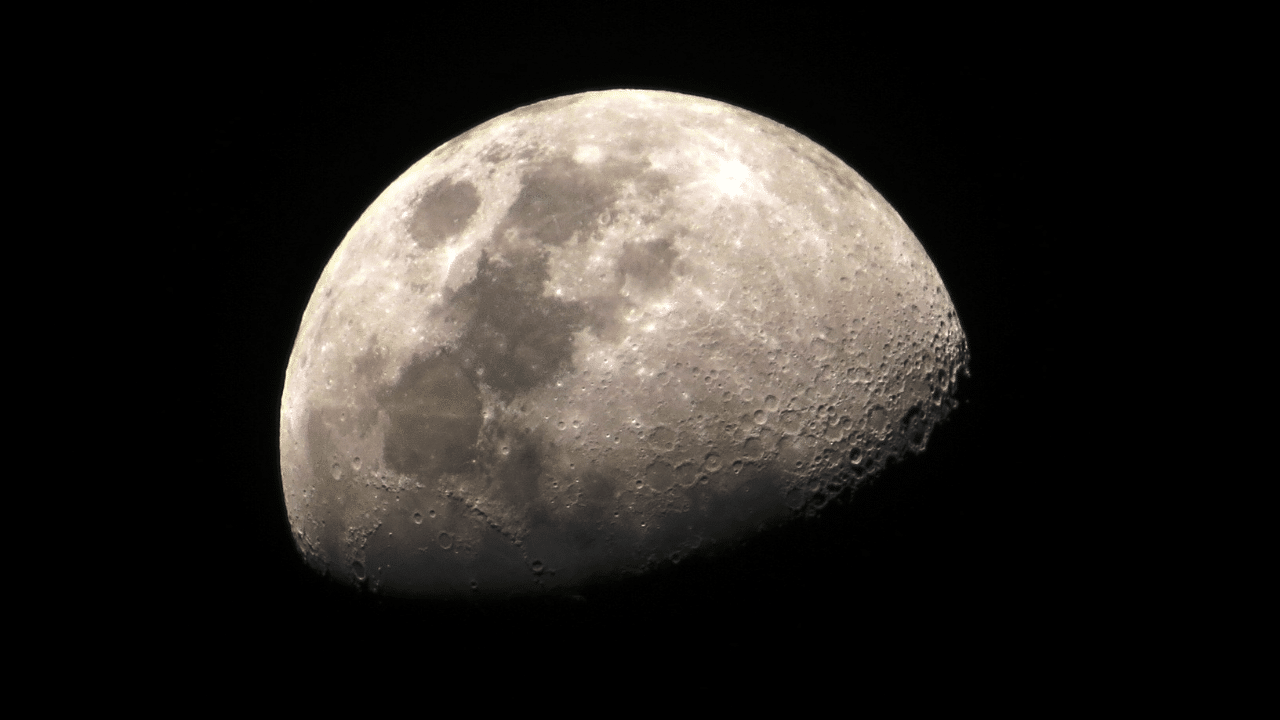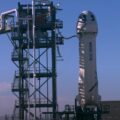
In an excellent piece for the New York Times, Kenneth Chang takes up the question of “Why should NASA repeat what it did half a century ago?”
Next year, four astronauts—Victor Glover, Christina Hammock, Jeremy Hansen, and Reid Wiseman—will attempt the first manned moon mission in more than 50 years. They are the crew of Artemis II and their mission—a slingshot flight around the moon—is foundational to NASA’s space exploration strategy moving forward.
In fact, if Artemis II is successful, Artemis III could launch as soon as 2025 with sights set on landing the first people on the moon since the 1970s.
NASA believes the Artemis program is so vital to its future that total investment in the program between 2012 and 2025 is an estimated $93 billion.
Nevertheless there are those wondering why we need to spend so much money to retrace our steps—steps first taken in the 1960s. In short, NASA believes astronauts have a lot of unfinished business on the moon.
For starters, it is vital that this return to the moon represent the makeup of scientists and astronauts today. If this crew succeeds after launch in late 2024, it will include the first woman in Hammock and the first Canadian to leave low-Earth orbit. Plus, NASA Administrator Bill Nelson says the Artemis program will, “land the first woman and the first person of color on the moon.”
And that fact is so important because just as the Apollo missions represented the first “small step” in space exploration, the Artemis missions’ return will represent the first small step toward a more specific goal: reaching Mars.
In his piece for the Times, Chang quotes NASA administrator Bill Nelson: “And on these increasingly complex missions, astronauts will live and work in deep space and will develop the science and technology to send the first humans to Mars.”
The moon figures to be key in reaching Mars as a resupply point. Before that can be proven out however, astronauts need to figure out how much water in the form of ice is present on the moon. That ice “could be used for astronauts’ water and oxygen supplies in the future and could provide fuel for missions deeper into space.”
So yeah, the moon could be pretty important and there’s still quite a bit we don’t know about what it holds in terms of resources and just what would be required to extract those resources.
Beyond the practical aspects though, there’s just something special and monumental about a manned landing mission. Yes, we’ve already been to the moon, and yes, NASA has done incredible exploration work with unmanned missions, rovers, and telescopes. But the Artemis program, and Apollo before it, is just different.
When the crew of Artemis II launches forth in 2024, we’ll all be watching and rooting this crew on. And when the crew of Artemis III steps foot on the moon, we’ll all be just as awestruck as we were in 1969. “The world just holds their breath when things like this happen,” President Biden recently said. And in addition to tangible discoveries, NASA’s other major function ever since its inception has been its ability to inspire and redefine what is possible. In so many ways, this mission represents a return to what makes NASA great.
Here’s to one more small step.
Correction: An earlier version of this blog said the astronauts of Artemis II would walk on the moon. However, Artemis II will slingshot around the moon and return home. Artemis III is the first mission of the program aiming for a manned landing. We’ve updated the article and regret the error.










Correction: Artemis II is not going to land on the moon. It will repeat last year’s unmanned lunar orbital Artemis I mission, but this time with a live crew.
Artemis III is the first planned lunar landing mission. But per the NYT, Artemis III is planned for “no earlier than” December 2025, and NASA has not yet named the astronauts who will be aboard that flight.
Whoops. You’re absolutely right. Thank you for the heads up! We’ve corrected the article.